Managed Intensive Rotational Grazing (MIRG): Enhancing Pasture Health and Sustainability
Managed Intensive Rotational Grazing (MIRG) is a powerful approach to pasture management that benefits soil, plants, animals, and the environment. In our video, Tricia introduces the core principles of MIRG, which include rotating livestock through pastures to maintain optimal grass health. Livestock graze pastures down to about three inches before moving to a fresh area with six to eight inches of regrowth.
This system mimics natural grazing patterns, promoting sustainable living and improved pasture productivity. Let’s explore the eight key benefits of MIRG and how this method aligns with regenerative agriculture practices.

1. Soil and Plant Health
Healthy soil and plants create a symbiotic cycle in well-managed pastures. When livestock graze, they stimulate plant growth and improve soil structure.
- Root Systems: Grazing causes plant roots to die back slightly, adding organic matter to the soil and encouraging robust root growth.
- Nutrient Recycling: Livestock manure returns essential nutrients to the soil, fostering microbial activity and improving soil fertility.
- Cost Savings: Healthier plants reduce the need for supplemental animal feed, saving farmers money and reducing dependence on external inputs.
By focusing on soil health, MIRG promotes organic matter development, which is crucial for long-term agricultural sustainability.
2. Improved Water Retention
A major advantage of MIRG is the enhanced water retention in pastures.
- Deeper Roots: Healthy plants develop deep root systems that capture and retain water.
- Keyline Plowing: This technique creates furrows that collect rain or irrigation water, directing it into the soil rather than letting it run off.
- Soil Moisture: Retained water boosts soil microbial life and ensures consistent moisture for plants, even during dry periods.
Increased water retention not only supports plant growth but also makes farms more resilient to drought conditions.
3. Erosion Control
Erosion is a significant concern in agriculture, but MIRG effectively addresses this issue.
- Stable Topsoil: Deep grass roots hold soil in place, preventing it from being washed away by rain.
- Reduced Runoff: With water quickly absorbed into the soil, surface runoff is minimized, decreasing the risk of topsoil loss.
- Long-Term Stability: Over time, healthier soil reduces vulnerability to erosion caused by heavy rains or strong winds.
4. Better Water Filtration
Healthy soils filter water as it moves through the ground, a process that benefits both the land and surrounding ecosystems.
- Clean Waterways: Filtered water reduces sediment and pollutants entering creeks, rivers, and ponds.
- Aquatic Health: Cleaner water supports healthier aquatic ecosystems, benefiting fish, amphibians, and other water-dependent species.
With MIRG, farms can improve the quality of their water resources, contributing to environmental sustainability.
5. Increased Aquatic Population
The benefits of cleaner water extend beyond the soil, directly impacting aquatic ecosystems.
- Thriving Aquatic Life: As water filtration improves, ponds and creeks become more hospitable to fish, frogs, and other aquatic organisms.
- Ecosystem Balance: A healthier aquatic population contributes to biodiversity, creating a more balanced and resilient farm environment.
This surprising yet vital benefit of MIRG pasture management demonstrates the interconnectedness of land and water health.
6. Carbon Sequestration
Agriculture is often seen as a contributor to carbon emissions, but practices like MIRG offer a way to counteract this.
- Soil Carbon Storage: Pastures with healthy root systems and organic matter can store significant amounts of carbon in the soil.
- Perennial Farming: By maintaining perennial grasses, rotational grazing supports long-term carbon sequestration, reducing greenhouse gases.
Through carbon sequestration, MIRG contributes to global efforts to combat climate change while improving pasture productivity.
7. Topsoil Creation
Building topsoil is a critical aspect of regenerative agriculture, and MIRG excels in this area.
- Rapid Development: Well-managed grazing can increase topsoil depth by up to 18 inches in just three years.
- Key Ingredients: The combination of manure, organic matter from roots, and enhanced microbial activity accelerates topsoil formation.
- Soil Health: Improved topsoil supports better plant growth and higher yields, creating a virtuous cycle of agricultural productivity.
Topsoil creation through rotational grazing ensures the long-term viability of farms and ranches.
8. Enhanced Wildlife Habitat
Rotational grazing fosters an environment where wildlife can thrive alongside agricultural operations.
- Nesting Birds: Taller grasses and undisturbed areas provide shelter for ground-nesting birds.
- Increased Biodiversity: Clean water and healthy pastures attract mammals, insects, and other wildlife, contributing to ecosystem balance.
- Natural Pest Control: A diverse wildlife population can help manage pests naturally, reducing the need for chemical interventions.
By enhancing habitats, MIRG supports biodiversity and integrates wildlife into the agricultural landscape.
Implementing MIRG on Your Land
Whether you have a large ranch or a small acreage, adopting MIRG can transform your pasture management. Here’s how to get started:
1. Assess Your Pastures
Evaluate the current state of your pastures, including grass health, soil quality, and water availability. Identify areas that need improvement.
2. Plan Grazing Rotations
Divide your pastures into smaller sections, or paddocks, and rotate livestock regularly. Ensure animals graze grasses down to about three inches before moving them to a new paddock.
3. Incorporate Keyline Plowing
Use keyline plowing to create furrows that improve water retention and prevent runoff.
4. Diversify Livestock
If possible, rotate different species of livestock, such as cattle, sheep, and poultry. This practice maximizes grazing efficiency and reduces the risk of overgrazing.
5. Monitor and Adjust
Track the progress of your pastures, soil health, and livestock performance. Adjust grazing schedules and management practices as needed to optimize results.
Sustainable Benefits of MIRG
The benefits of Managed Intensive Rotational Grazing extend far beyond individual farms. By improving soil health, increasing biodiversity, and reducing environmental impacts, MIRG contributes to sustainable agriculture and environmental stewardship.
For more information about pasture management, university resource: Wisconsin and Wyoming Cooperative Extensions: Pastures for Profit.
Conclusion
Managed Intensive Rotational Grazing is a holistic approach to pasture management that offers numerous benefits for soil, plants, water, and wildlife. By mimicking natural grazing patterns and incorporating sustainable practices, MIRG enhances farm productivity while supporting the health of the environment.
Whether you manage a large ranch or a small homestead, adopting MIRG can help you create healthier pastures, reduce costs, and live more sustainably. Start implementing these techniques today and see how they transform your land and livestock.

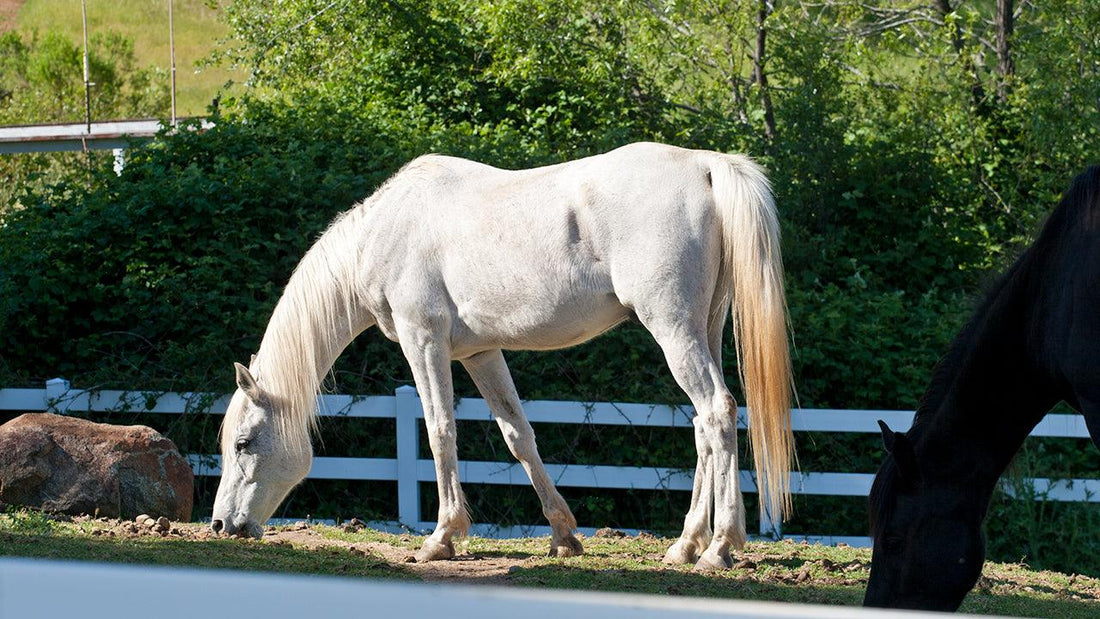

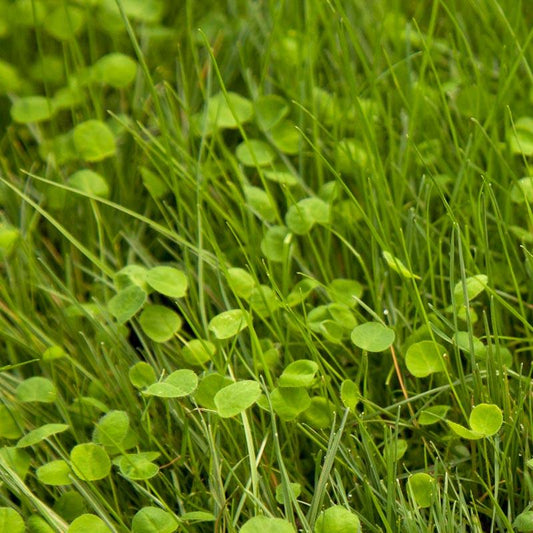
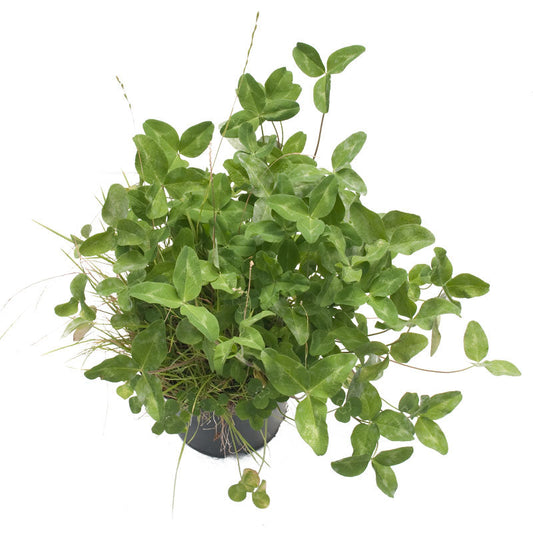
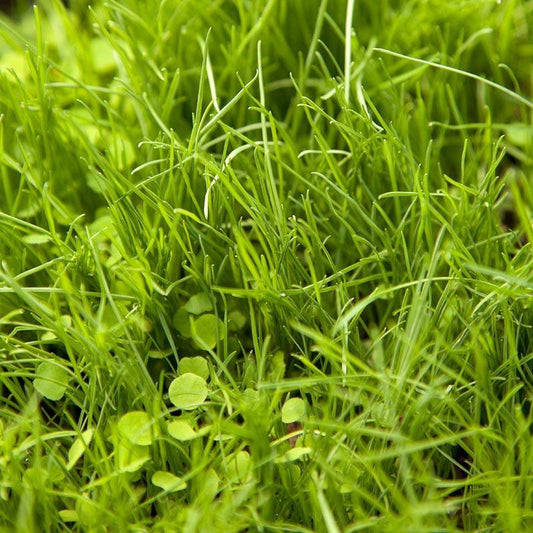
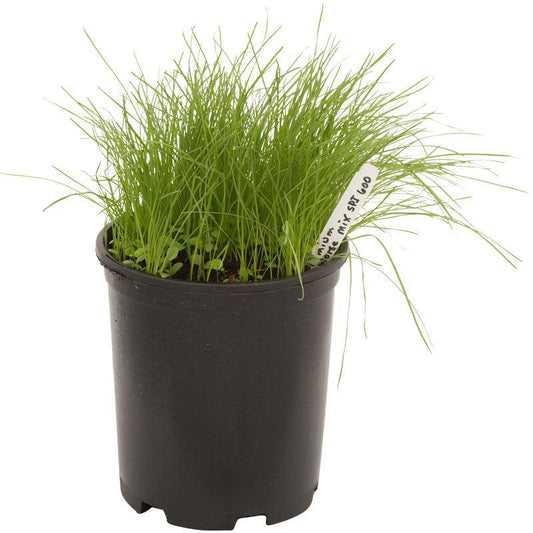
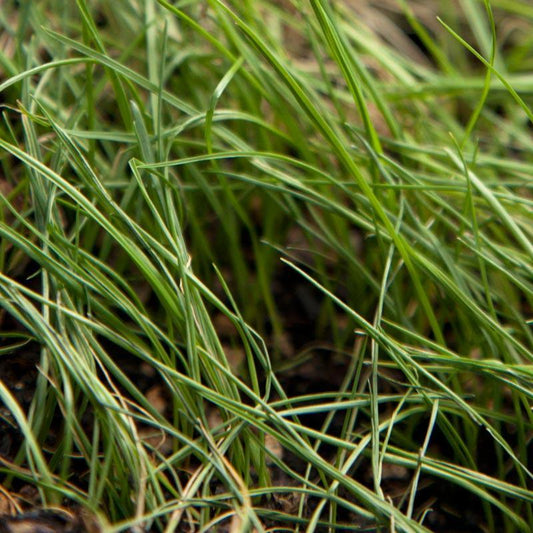
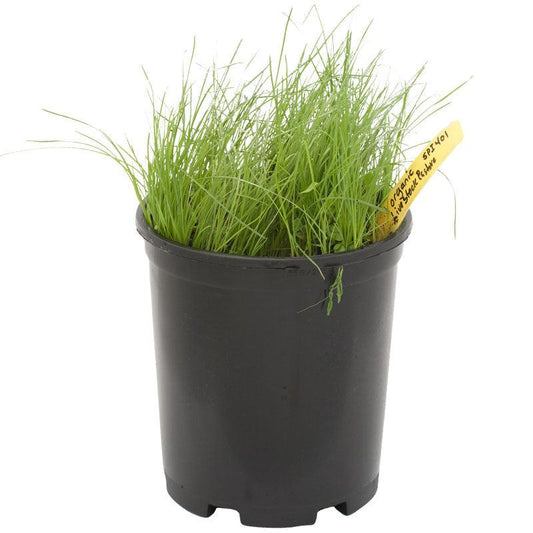
1 comment
The basics are laid out okay, but grazing to three inches is horrible for the plants and the animals. The plant nutrition is far higher in the tips. Most professionals I know with great success stories are only taking 1/3 of the plants and thereby give their animals better nutrition and also dramatically impacts the soil life and paddock regeneration rates. Anyone looking for great examples of rotational grazing should see Greg Judy or Gabe Brown (cattle and sheep production, but Greg has also grazed rodeo horses).